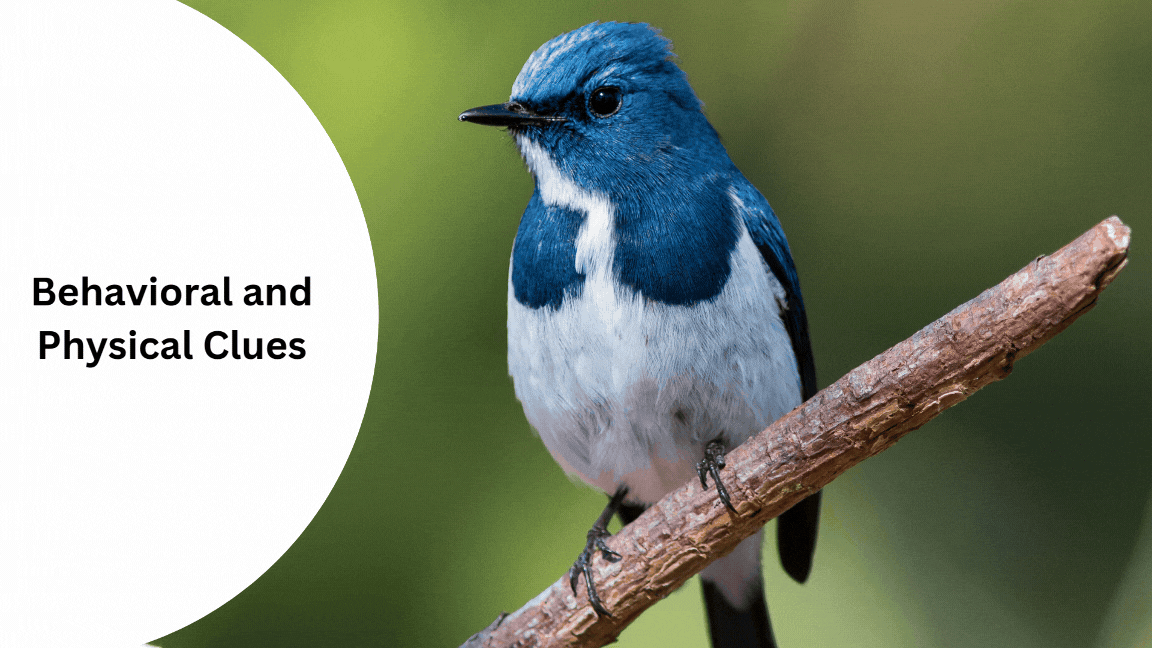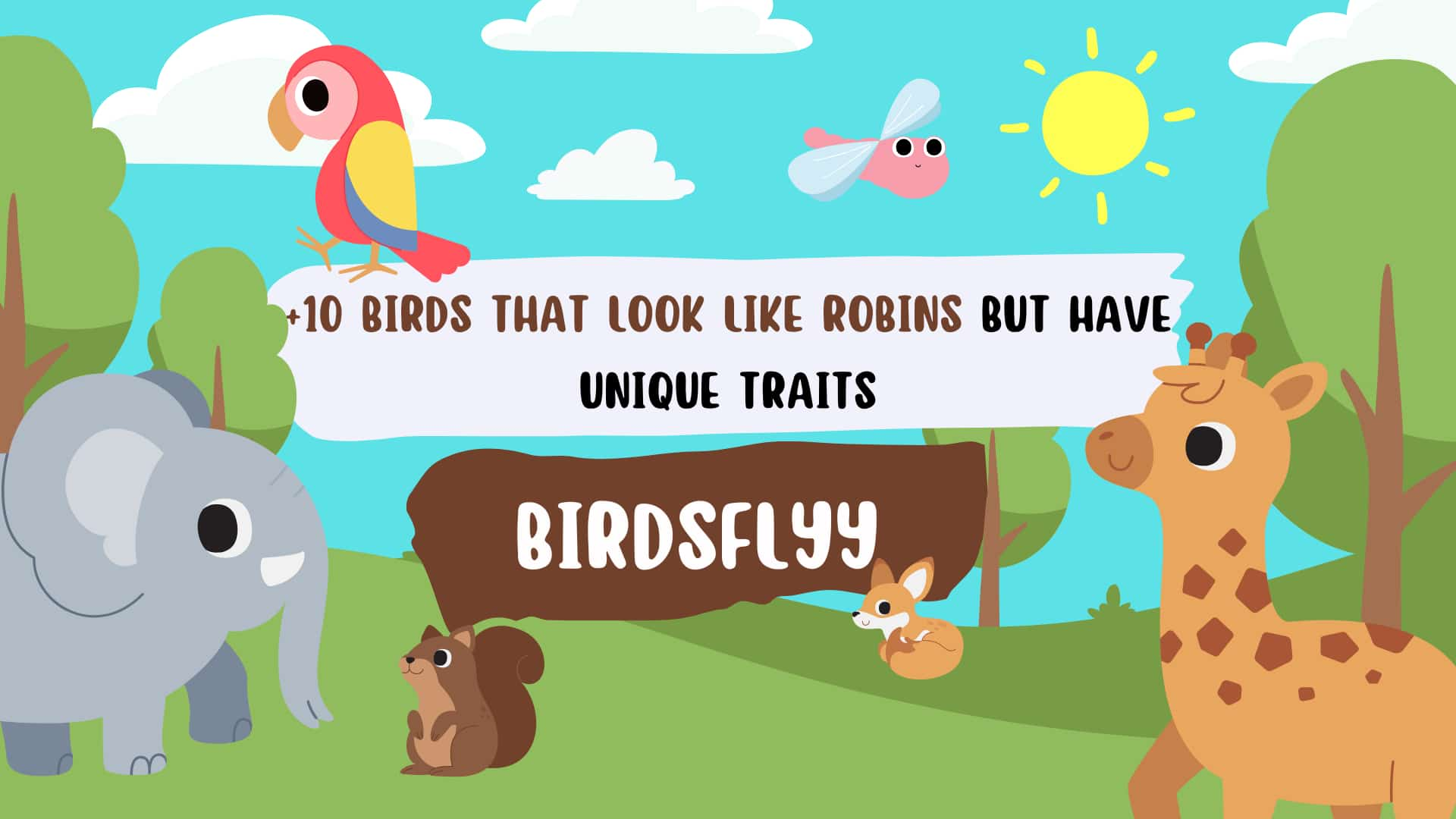Seven Bird Species Similar to Look Like Robins
Identifying birds that resemble Look Like Robins can be tricky for those who enjoy bird-watching.
Although Robins are often associated with the arrival of spring back and reddish-orange breast, not all birds sporting similar colors are Look Like robins.
Below is a list of seven bird species that share physical traits with robins but are different in species:
- Scarlet Tanager – This bird captivates with its vibrant red body and black wings, which can be mistaken for a robin from a distance due to its striking coloration.
- Rose-breasted Grosbeak – Known for its bold red patch on a white breast, which contrasts with its black back, making it look somewhat like a robin at first glance.
- Red-winged Blackbird – While predominantly black, the bright red and yellow shoulder patches of the male can draw parallels to the robin’s reddish hues.
- Eastern Towhee – This species features a black or dark brown upper body with a white belly and rufous sides, resembling the robin’s color scheme.
- Orchard Oriole – The younger males of this species have a chestnut-colored body that can cause them to be confused with robins, despite their smaller size and different shape.
- Vermilion Flycatcher – A small bird with a vivid red body and brownish wings, its color can remind one of the robin, although it belongs to a completely different family.
- Northern Cardinal – Often recognized by its brilliant red coloring, the cardinal can be mistaken for a robin, especially by those new to bird identification.
Understanding these distinctions not only enriches the Look Like Robins -watching experience but also enhances our knowledge of the diverse bird species that grace our backyards. These birds, while similar in some color aspects to the robin, each bring their unique characteristics to the vibrant tapestry of North American birdlife.
Birds That Resemble Look Like Robins but Aren’t: The Case of the Varied Thrush
The Varied Thrush is often mistaken for a Look Like Robins due to its similar reddish-orange breast and gray back. Both birds belong to the same family, which explains why they look alike at first glance. However, despite these shared features, the Varied Thrush is a distinct species with key differences that set it apart from the American robin.

Key Differences Between the Varied Thrush and Look Like Robins
While the Varied Thrush shares the robin’s coloration, it has unique characteristics that make it identifiable. One major distinguishing feature is its black facial bar, which runs across its eyes.
The bird’s overall color is primarily a rich orange, unlike the robin’s more consistent red-orange hue. Additionally, Varied Thrushes are typically found perched high in the trees, unlike robins, which prefer foraging on the ground in open spaces.
Another factor that contributes to the confusion is the Varied Thrush’s tendency to travel in flocks of robins. While this may make it harder to distinguish the two birds when they are seen together, the Varied Thrush behaves differently.
Read more: Key Differences Between the Varied Thrush and Look Like Robins
It spends most of its time in the canopy, while robins are more commonly seen in open areas or lower in the landscape.
The Varied Thrush is a bird that closely resembles a robin, especially in terms of coloration, but its distinctive markings, such as the black bar across its face, and its preference for treetops help separate it from the familiar robin. Understanding these subtle differences enhances our appreciation for the diversity of bird species in nature.
Birds Resembling Look Like Robins The Orchard Oriole
The Orchard Oriole is another bird that often gets mistaken for a robin due to its reddish-orange breast and dark-colored head. However, despite these similarities, the Orchard Oriole is a distinct species with a few notable differences.
Key Differences Between the Orchard Oriole and Robin
While the Orchard Oriole shares the robin’s striking color pattern, it is noticeably smaller in size. The Orchard Oriole also has a distinct beak color, which is often a pale or light yellowish hue, setting it apart from the robin’s more typical dark-colored beak.
Another easy way to distinguish the Orchard Oriole from a robin is by its feeding habits. Orioles are often found at fruit feeders, where they feed on nectar and fruit, while robins prefer foraging for worms and insects on the ground. If you spot a bird visiting a fruit feeder with the same coloration as a robin, it is almost certainly an oriole.
Read more: Key Differences Between the Orchard Oriole and Robin
Although the Orchard Oriole may resemble the Look Like Robins due to its reddish breast and similar coloration, its smaller size, distinct beak, and feeding preferences help distinguish it as a separate species. Observing these details can enhance your birdwatching experience and help you identify these fascinating birds accurately.
Birds That Resemble Look Like Robins : The Red-Breasted Nuthatch
The Red-Breasted Nuthatch is often mistaken for a robin, mainly due to its reddish-orange breast. However, despite these similarities, it is a very different species with distinct characteristics that set it apart from the American robin.

Key Differences Between the Red-Breasted Nuthatch and Look Like Robins
While the Red-Breasted Nuthatch shares the robin’s red chest, it is much smaller in size. Unlike robins, which are medium-sized birds, nuthatches are compact and agile, often seen climbing up and down tree trunks in search of food. Additionally, the Red-Breasted Nuthatch has a grayish back and a distinctive black cap on its head, features that robins do not possess.
Also read: Key Differences Between the Red-Breasted Nuthatch and Look Like Robins Behavioral and Physical Clues
The Red-Breasted Nuthatch has a behavior and shape that clearly sets it apart from robins. Nuthatches tend to move up and down tree trunks, using their sharp claws to grip bark. In contrast, robins are often found hopping on the ground, searching for insects and worms. Additionally, the Red-Breasted Nuthatch is known for its high-pitched, nasal call, which is very different from the robin’s melodious song.
Conclusion
Though the Red-Breasted Nuthatch shares the robin’s reddish chest, its smaller size, grayish back, and distinct behavior—climbing trees rather than foraging on the ground—help clearly distinguish it from the Look Like Robins . Observing these key features will ensure you can correctly identify these two birds when you see them.
FAQ’s:
1. What are some birds that resemble robins but have distinct features?
Some birds that look like robins but have unique traits include the Varied Thrush, Eastern Towhee, Spotted Towhee, Orchard Oriole, and Blackburnian Warbler. These birds share similar colors or body shapes but have differences in markings, size, or behavior.
2. How can you distinguish a Varied Thrush from an American Robin?
A Varied Thrush has a bold black “necklace” across its chest, more vibrant orange markings, and a slightly smaller size compared to an American Robin. It also prefers dense forests, while robins are often found in open areas.
3. What bird has a similar color pattern to a robin but is smaller in size?
The Orchard Oriole has a similar orange and black color scheme but is much smaller and more slender than a robin. Unlike robins, Orchard Orioles feed mostly on nectar and insects.
4. Which bird mimics a robin but has a distinctive call?
The Eastern Towhee has a call that sounds like “drink your tea”, setting it apart from the robin’s melodious song. It also has a black head, rufous sides, and white underparts, unlike a robin’s solid orange belly.
5. Are any of these robin look-alikes related to robins?
Some, like the Varied Thrush, are part of the same Turdidae family as robins, while others, such as the towhees and orioles, belong to different families but share similar coloration due to convergent evolution.

